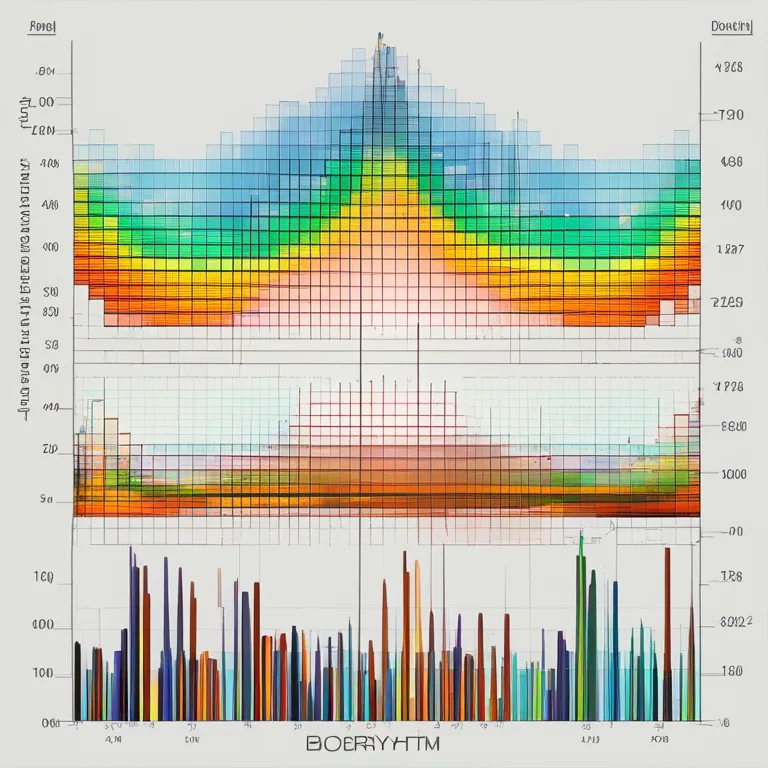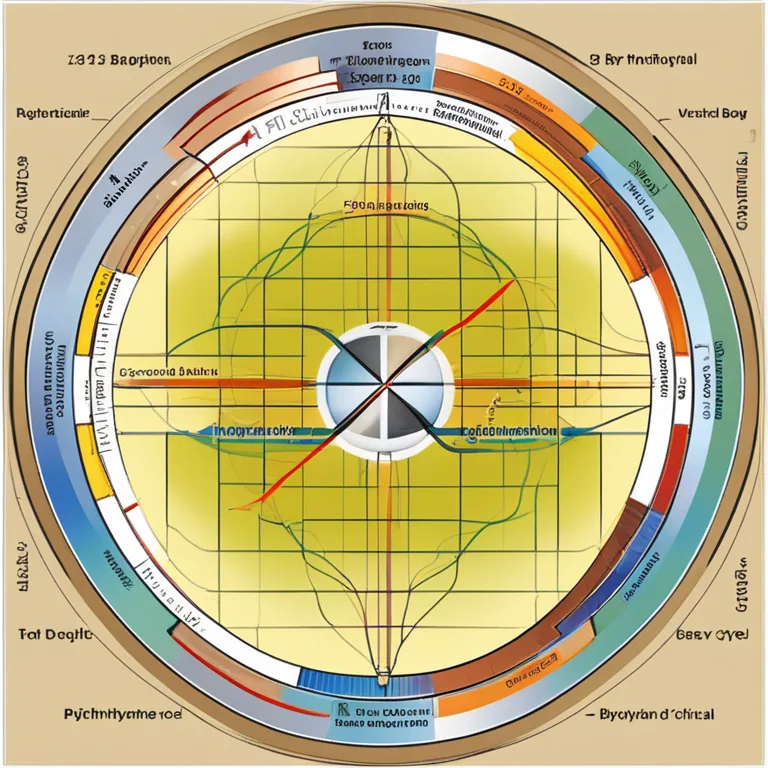
Track Your Biorhythms: A Practical Guide
Learn how to monitor your physical, emotional, and intellectual biorhythms to better understand your body's natural cycles and enhance well-being.
article by Adrian Wallace
Introduction to Biorhythms
Understanding your biorhythms can be a valuable tool in enhancing your welfare and harmonizing with your body's natural rhythms. The theory of biorhythms is a concept suggesting that our daily lives are influenced by rhythmic biological cycles. These cycles can determine our physical, emotional, and intellectual faculties. By checking your biorhythms, you may gain insight into the optimal times for certain activities and make well-informed decisions about your personal and professional life.

Analyzing Your Biorhythm Cycles
Biorhythms are typically divided into three main cycles: Physical (23-day cycle), Emotional (28-day cycle), and Intellectual (33-day cycle). Each cycle starts from your birth date and fluctuates between high, low, and critical phases. A high phase suggests an optimum period of strength and vitality, a low phase indicates a time for caution and recovery, while a critical phase signifies a transition period that may involve unpredictability or instability in the related aspects.

Calculating Your Biorhythm Chart
To check your biorhythms, you usually need to know your birth date and use it as a starting point for calculation. With the advancement of technology, various online calculators and apps are available that can generate your personal biorhythm chart. Simply input your birth date and these tools will instantly provide you with a visual representation of your current and upcoming cycles, offering insights into your peak and critical periods for any chosen date.

Interpreting Your Biorhythms
Interpreting your biorhythm chart involves examining the curves for each cycle. Periods where the curve is above the baseline denote high phases, while below the baseline indicates low phases. The points where the curve crosses the baseline are your critical days. It's important to be mindful on such days, as they might be associated with increased vulnerability or the need for heightened awareness in respective areas of life.

Utilizing Biorhythm Information
Once you understand your biorhythm chart, you can utilize this information for your benefit. Plan to engage in demanding physical tasks during your high physical phase or take on challenging intellectual work when your intellectual cycle is at a peak. Similarly, recognizing your emotional lows might encourage you to avoid emotionally stressful situations or help you understand and manage your feelings better during those times.
The Role of Biorhythms in Health and Lifestyle
Some proponents of biorhythms believe that these cycles can play a significant role in one's health and everyday life. While traditional science doesn't fully endorse biorhythms as a predictive measure, many people report finding personal value in observing their cycles. By aligning activities with these natural patterns, individuals claim to experience improved well-being, performance, and emotional clarity.
Continued Research and Perspectives
Biorhythm theory continues to intrigue and be a topic of research and discussion. As with any belief system, it's important to approach it with an open yet critical mind. Consider biorhythms as one of many tools for self-awareness, and integrate the insights they provide with other well-established health practices for a balanced and conscientious approach to well-being.
Published: 12/28/2023
Modified: 12/28/2023
More predictions
Come back here soon to learn more about yourself and your future


Biorhythm Compatibility: Fact Or Myth?
Explore the concept of biorhythm compatibility to discover if there's a real connection between our biocycles and relationship harmony.


Unlocking Your Body's Natural Clock
Explore the intriguing world of biorhythms and discover how they influence your physical, emotional, and intellectual states.


Biorhythm Theory: Fact Or Fallacy?
Explore the fascinating concept of biorhythms to discern if there's any scientific accuracy behind this popular belief.